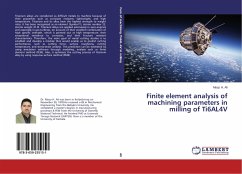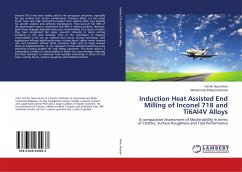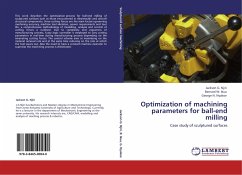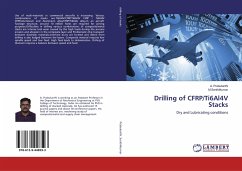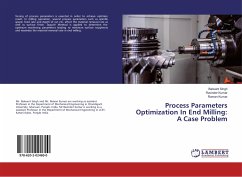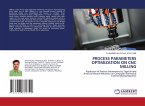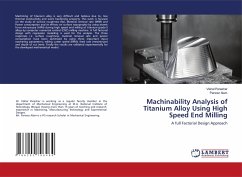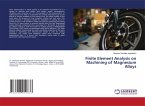Titanium alloys are considered as difficult metals to machine because of their properties such as corrosion resistant, lightweight, and high temperature. Titanium and its alloy have the highest strength to weight ratio. It has been recognized as an element (Symbol Ti, atomic number 22, atomic weight 47.9). Titanium alloys are applied extensively in aero-engines and especially in gas turbines, on account of their excellent combination of high specific strength, which is pointed out at high temperature, their exceptional resistance to corrosion, and their fracture resistant characteristics. Therefore, the main goal of metal cutting studies is to establish and develop a module that would enable us to predict cutting performance, such as cutting force, surface roughness, cutting temperature, and stress-strain analysis. This prediction can be estimated by using simulation software through modeling, analysis such as finite element method (FEM). Also, it optimizes the cutting process oftitanium alloy by using response surface method (RSM).
Bitte wählen Sie Ihr Anliegen aus.
Rechnungen
Retourenschein anfordern
Bestellstatus
Storno

